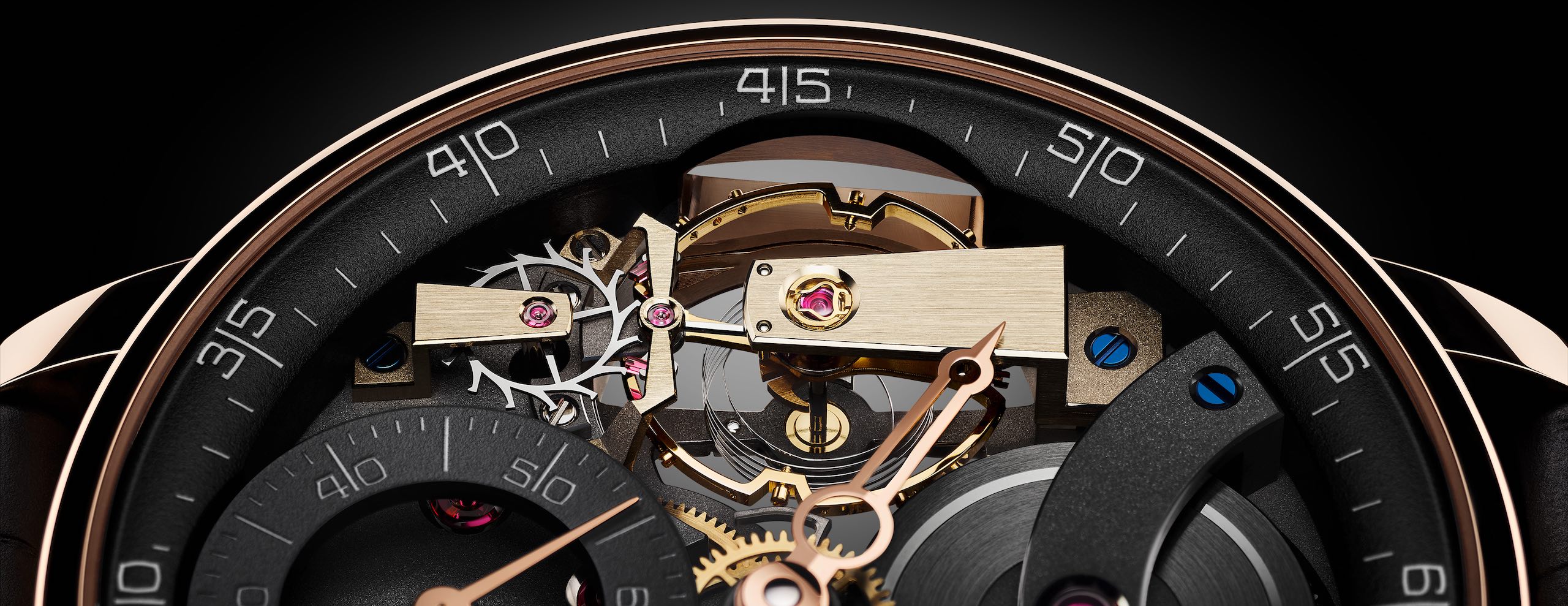Inspired by 18th-century watchmaking, the FB 2T.2 and FB 3SPC.2 are incredibly contemporary.
Ferdinand Berthoud is a very interesting — and quite remarkable — brand. It’s a brand with a dual identity. On the one hand,
Ferdinand Berthoud is quite young, founded in 2015 under the auspices of the Chopard Group. On the other hand, it’s a name with a weighty pedigree. Ferdinand Berthoud, the man, was an eighteenth-century watchmaker of great renown, working in the (then pivotal) field of marine chronometry.
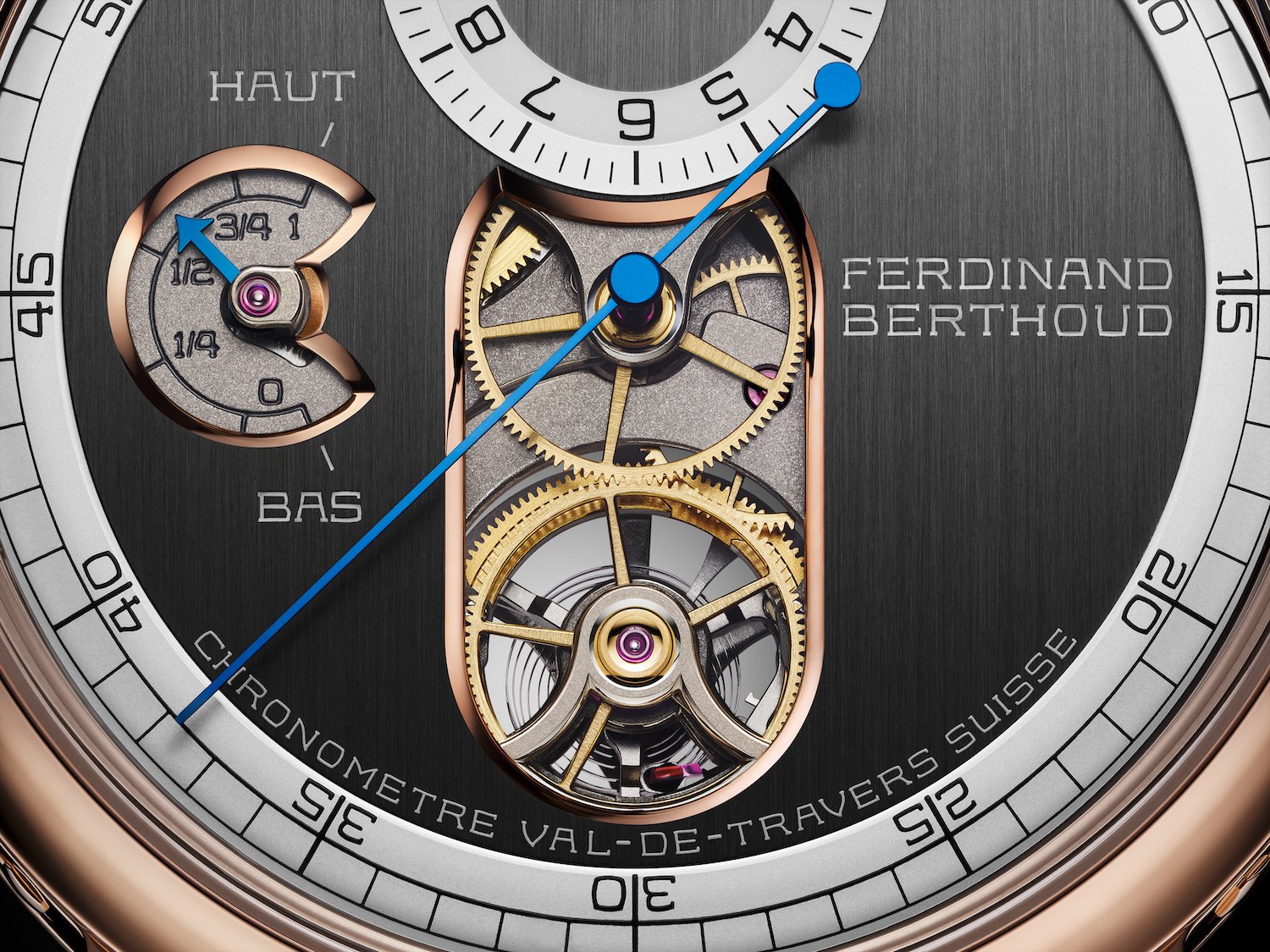
Dial detail of the Ferdinand Berthoud FB-2T.2
Today the brand lives up to those values — showcasing handmade watchmaking without compromise. In the short years since the brand made its presence felt, it’s taken home three GPHG awards. The first watch Ferdinand Berthoud released was the
Chronometre FB 1, powered by a stunning marine chronometre-inspired movement that packed some of chronometry’s most important innovations into one case. The large tourbillon was powered by a fusée and chain transmission (and effective constant force mechanism) on a regulator-style dial and with a remontoir to seal the deal. This award-winning movement demonstrated just how serious Ferdinand Berthoud was about its mission to champion rarefied watchmaking at its best, and in the years since, it has been seen in several evolutions and iterations of Ferdinand Berthoud’s offering.
The Ferdinand Berthoud FB 2T.2 is the end of the beginning
Since 2015, this seminal mechanism, the Calibre FB-T.FC has been the backbone of the collection, but it, like all good things, must come to an end. The Ferdinand Berthoud FB 2T.2 is the brand’s way of sending it off in style, with an exceptional final edition of 38 pieces. However, it’s highly likely that none of the 38 pieces in this special edition will look the same because the watch can be extensively customised to the owner’s preference. To make it easier for you, Ferdinand Berthoud released three ‘standard’ editions, including the FB 2T.2. With a rose gold case and a black satin-brushed dial.
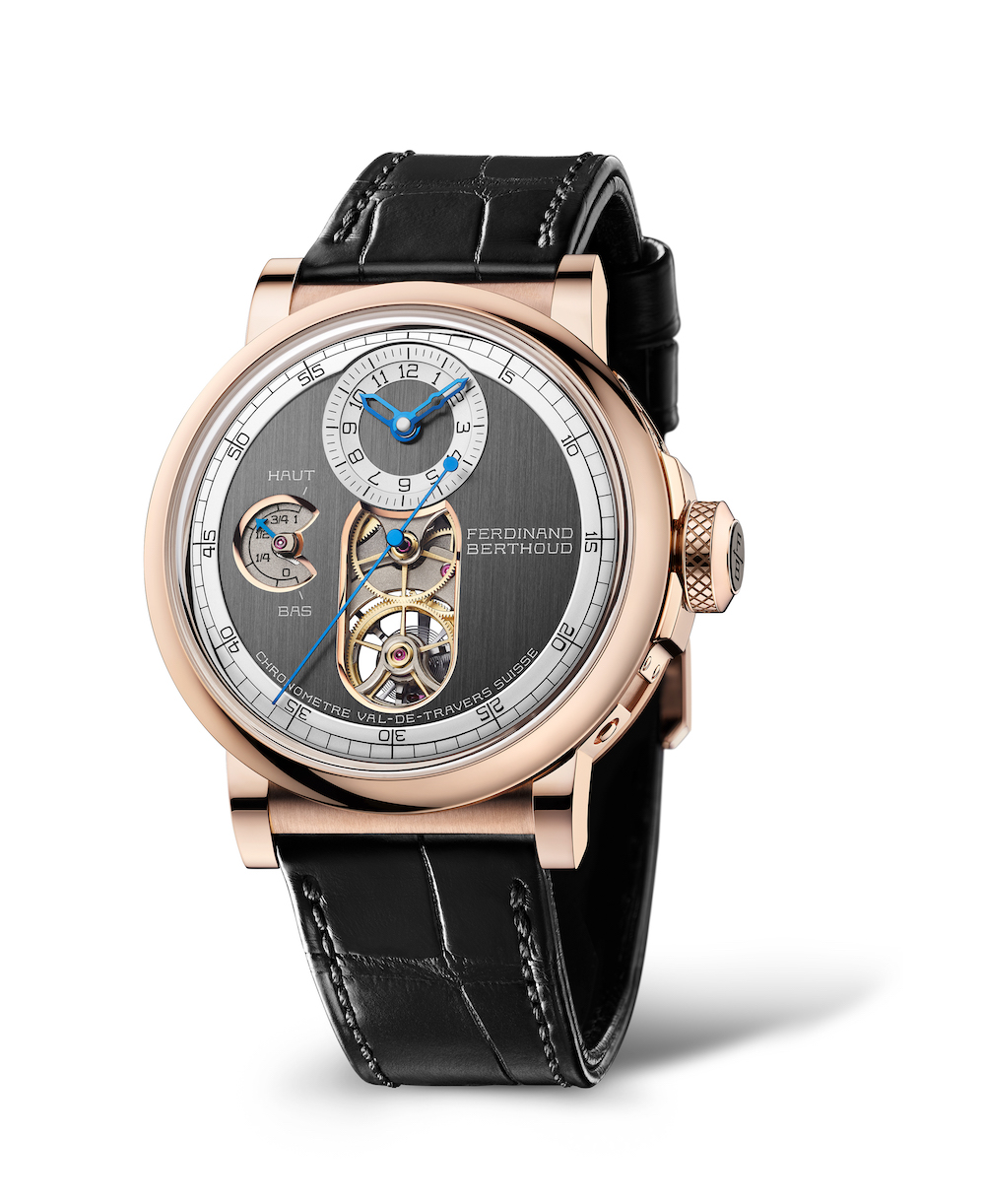
The Ferdinand Berthoud FB-2T.2
Of course, the exceptional movement remains the same; the fusée and chain use a reserve design which sees the chain wrap in a ‘figure 8’ pattern — a design that ensures less pressure on the pivots. Winding this watch every few days (the watch has an impressive 53 hours of power reserve) is a joy, thanks to the accessible 9mm wide crown and differential-based winding. Of course, you can clearly see all the elements in action thanks to the open caseback, sapphire bridges and open apertures on the dial side.
While this might be the final outing of the calibre, this watch marks the first time it’s housed in a round case — the 44mm by 14.3mm tall gold case has plenty of presence and is — of course— the perfect size for this highly complicated movement and a fitting final act for one of the most stunning tourbillons of the last decade.
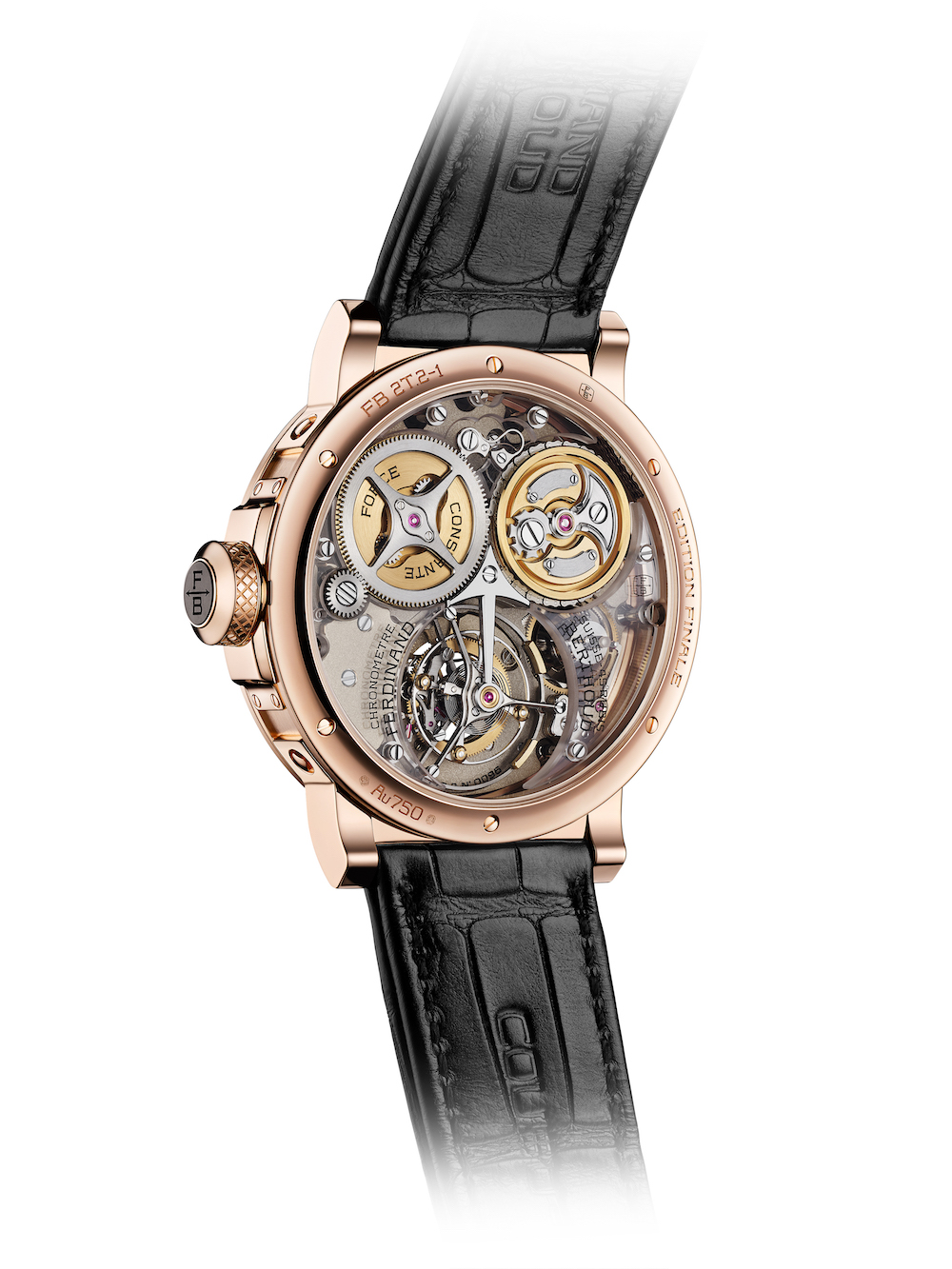
The rear of the Ferdinand Berthoud FB-2T.2
The Ferdinand Berthoud FB 3SPC.2 is inspired by the past
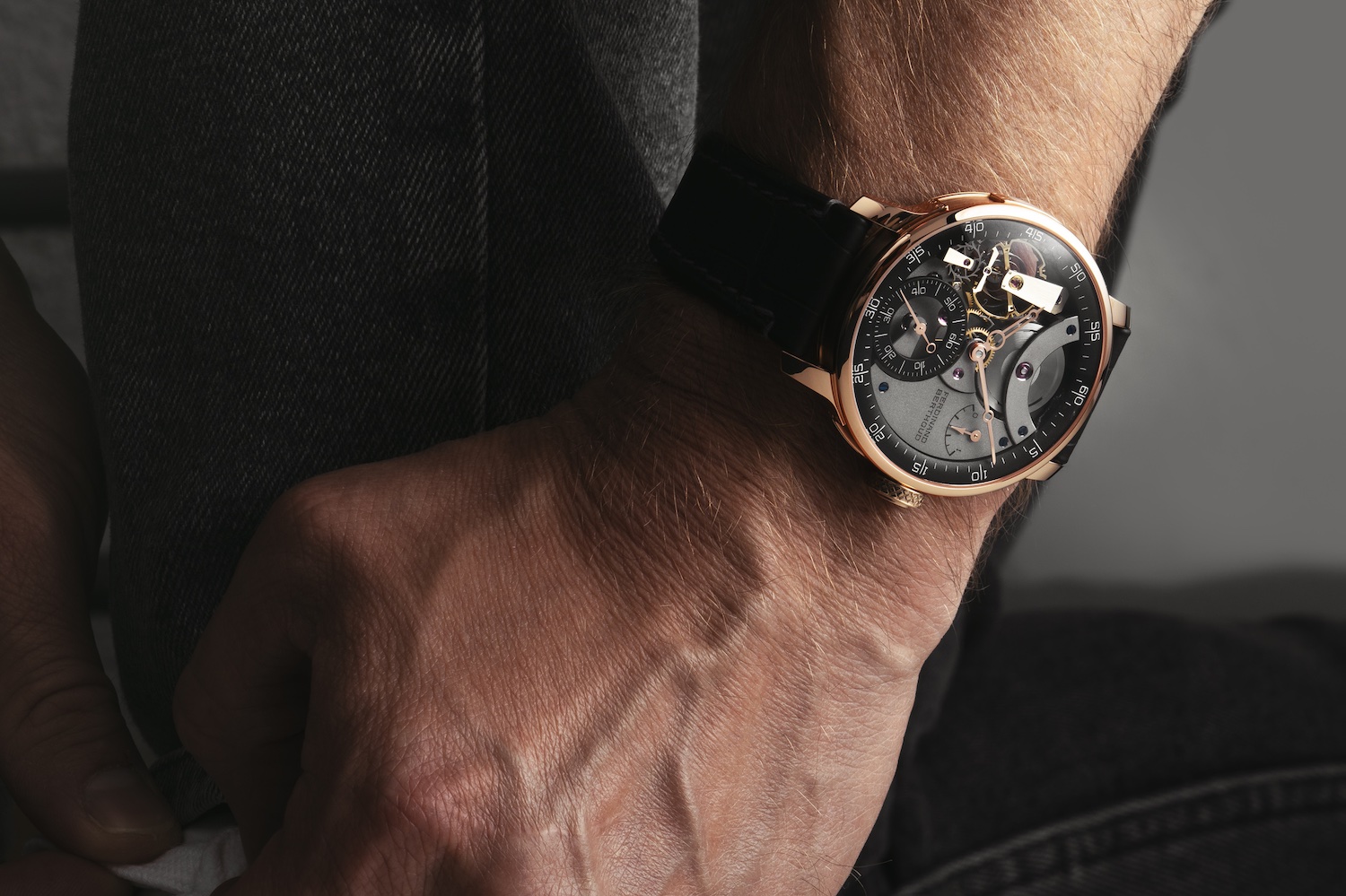
The Ferdinand Berthoud FB3SPC.2 on the wrist
The third chapter in the Ferdinand Berthoud story is the Ferdinand Berthoud FB 3SPC.2, a stunning classic-yet-contemporary watch inspired by a pocket watch made in 1793 by Louis Berthoud, nephew, student and successor of Ferdinand.
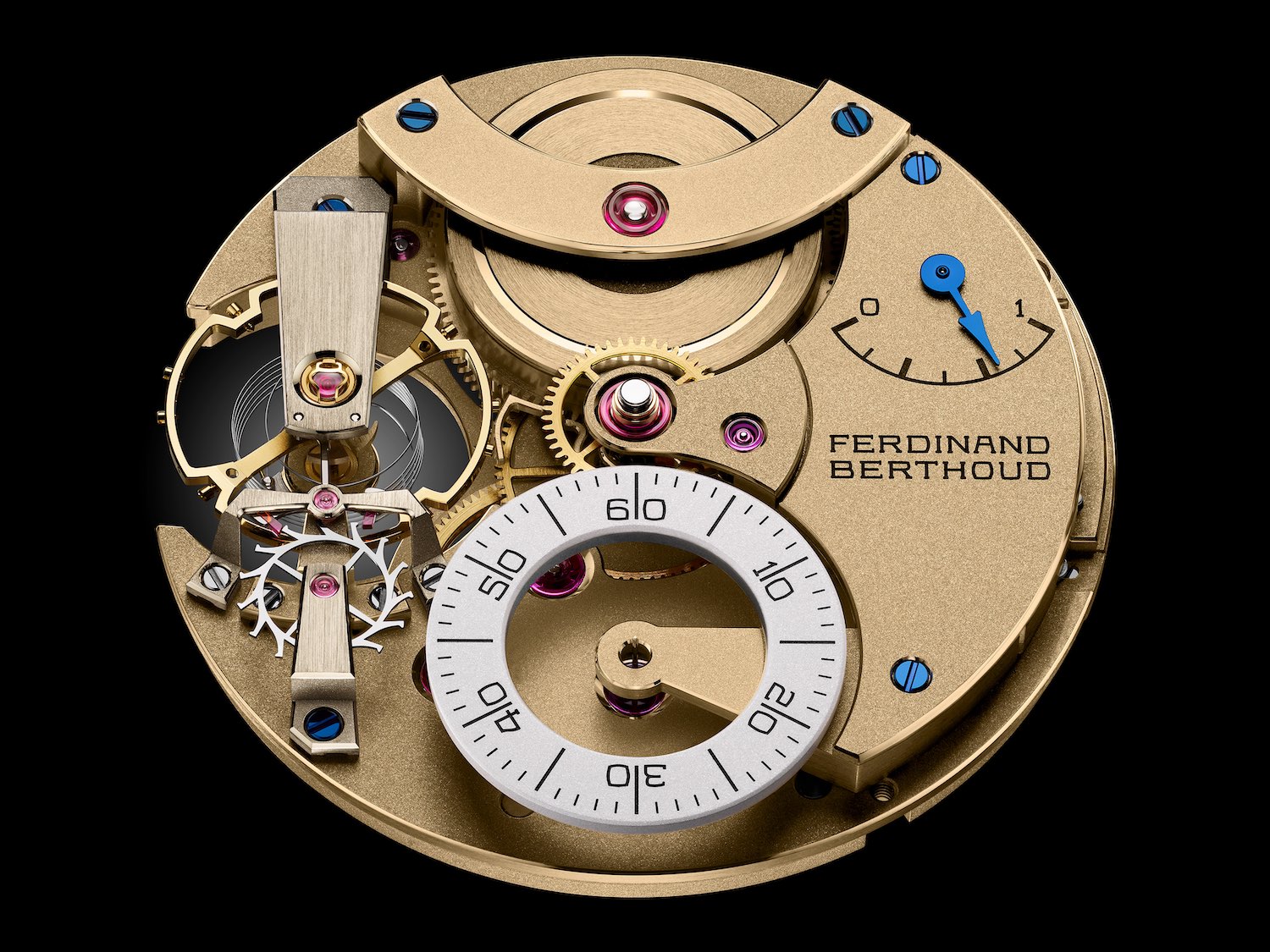
The Calibre FB-SPC
At first glance, this is a 42.3mm wide watch with a peripheral dial, small seconds and an open-worked centre exposing the bold design and traditional finishes of the Calibre FB-SPC, and believe us, it’s worth seeing every millimetre of this gorgeous movement. As you might expect from a historically inspired calibre, it’s manually wound, with 72 hours of power stored in the barrel visible at the top of the dial. But the first thing you notice about the watch will likely be the large spherical hairspring that dominates the left-hand side of the dial. This impressive hairspring is made completely in-house, and by all accounts, using this style of spring without a tourbillon to compensate for variation is exceptionally challenging, which is likely why Ferdinand Berthoud decided to pursue it. Top-tier, historically inspired details can be found throughout this watch, from the finishing on the bridges to the stark angles of the balance bridge — a direct reference to Ferdinand Bethoud’s No. 3 astronomical clock. Alongside this old-world inspiration, there’s also contemporary convenience. The barrel is automatically uncoupled when at maximum power reserve, there are stop-seconds for even greater accuracy, and the whole thing is COSC-certified, which is only appropriate for a watch created to honour the aesthetics and ethos of marine chronometry.
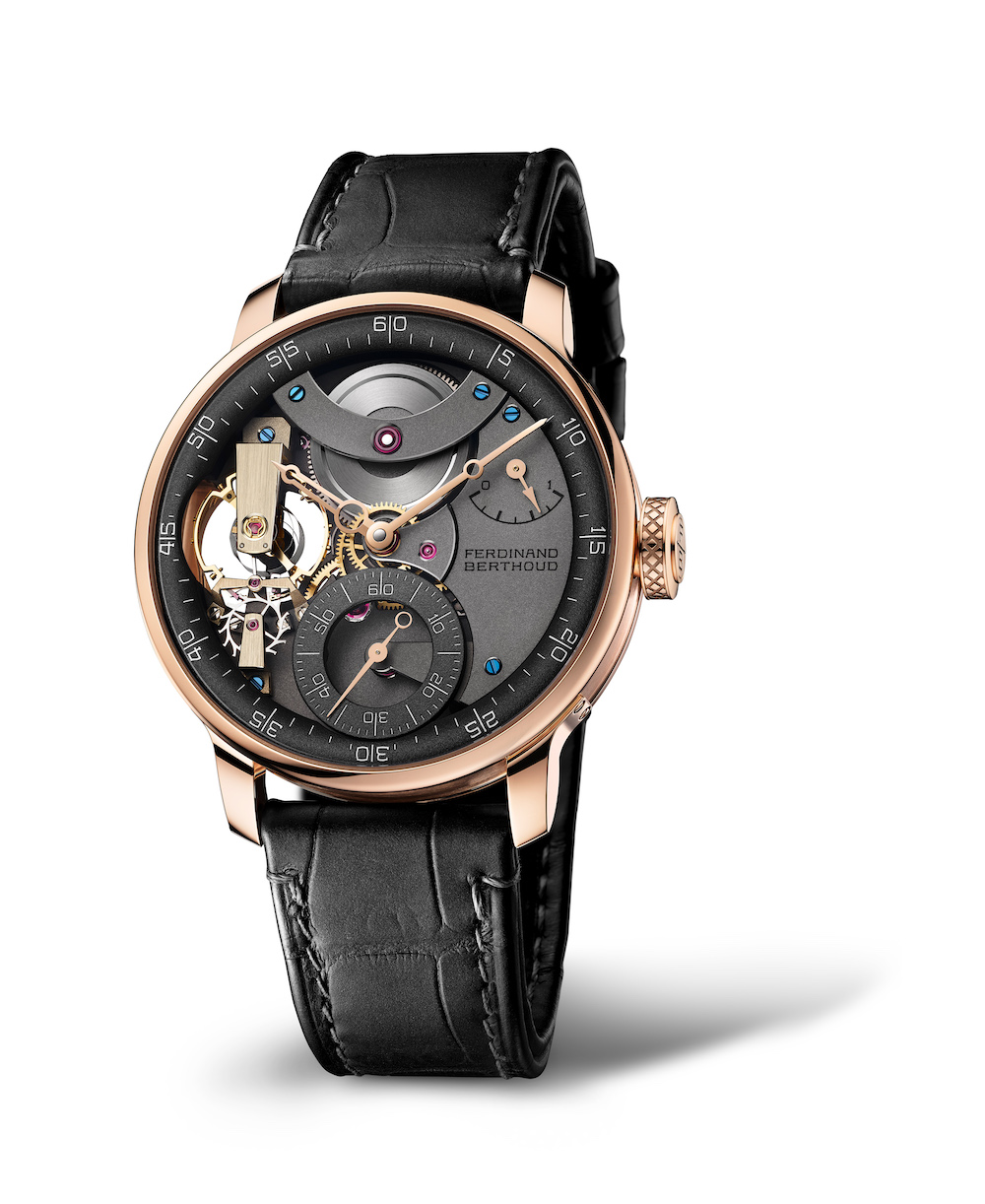
The Ferdinand Berthoud FB 3SPC.2
Technical Specifications
Ferdinand Berthoud FB 2T.2Movement: Calibre FB-T.FC-2, manual wound, tourbillon, 53 hours of power reserve
Functions: Hours and minutes at 12 o’clock, central sweep-seconds and power reserve at 9 o’clock
Case: 44 by 14.3mm, round case in 18-carat white gold with a transparent sapphire ‘porthole’, water resistance 30 metres
Dial: Satin-brushed brass with black rhodium treatment
Strap: Hand-sewn rolled-edge strap crafted from a single piece of leather, white gold folding clasp
Ferdinand Berthoud FB 2T.2Movement: Calibre FB-T.FC-2, manual wound, tourbillon, 53 hours of power reserve
Functions: Hours and minutes at 12 o’clock, central sweep-seconds and power reserve at 9 o’clock
Case: 44 by 14.3mm, round case in 18-carat white gold with a transparent sapphire ‘porthole’, water resistance 30 metres
Dial: Satin-brushed brass with black rhodium treatment
Strap: Hand-sewn rolled-edge strap crafted from a single piece of leather, white gold folding clasp
To discover these Ferdinand Berthoud watches in person, visit SHH BOUTIQUE.
THE SHOPPES AT MARINA BAY SANDS, 2 Bayfront Avenue #B2M-202
+65 6634 9782










